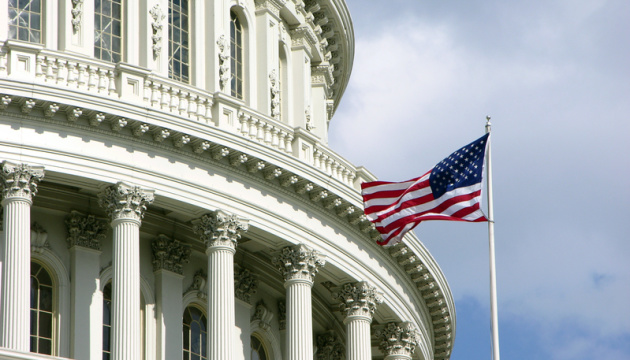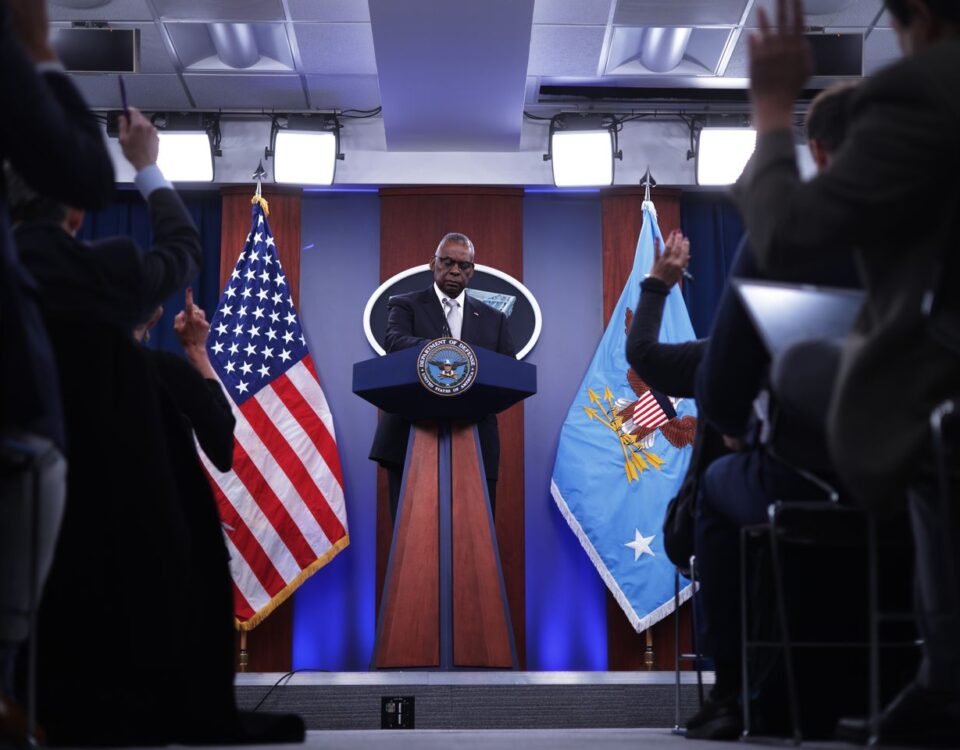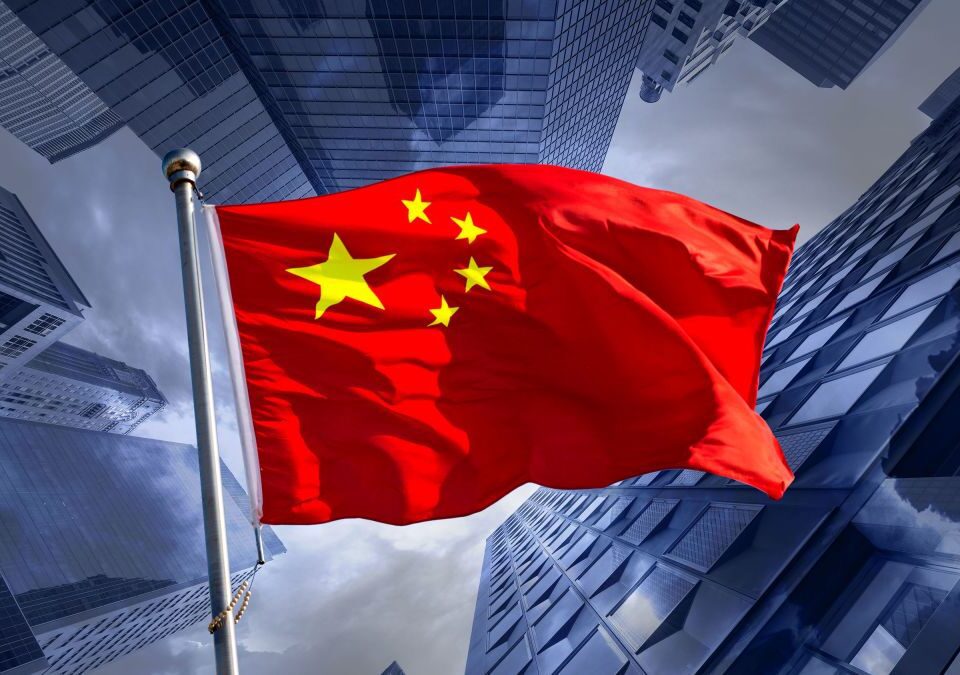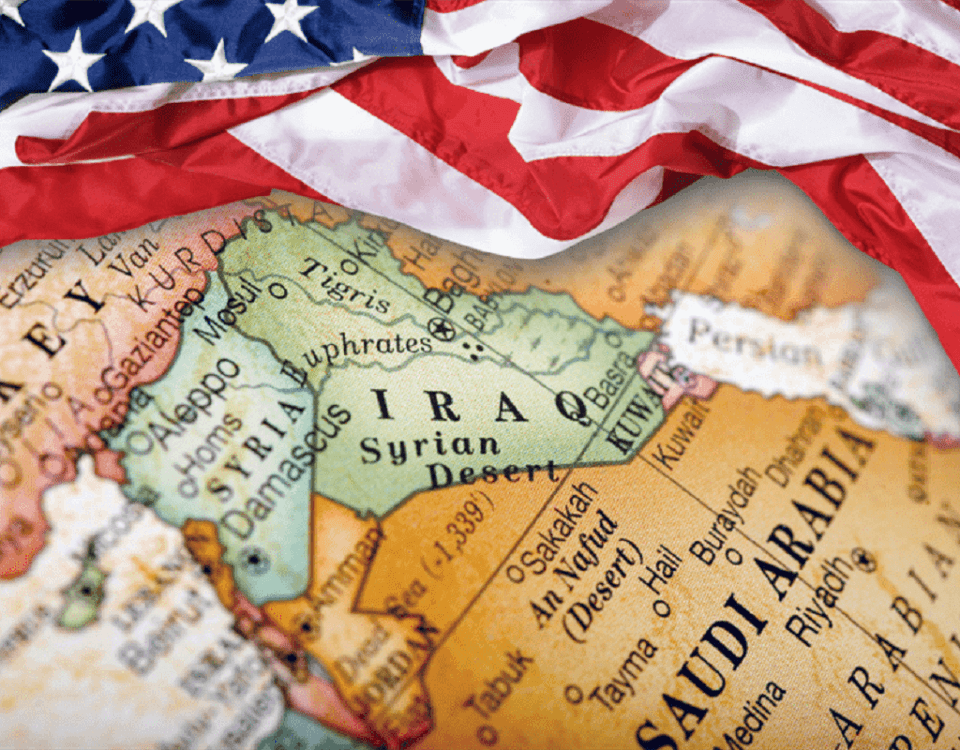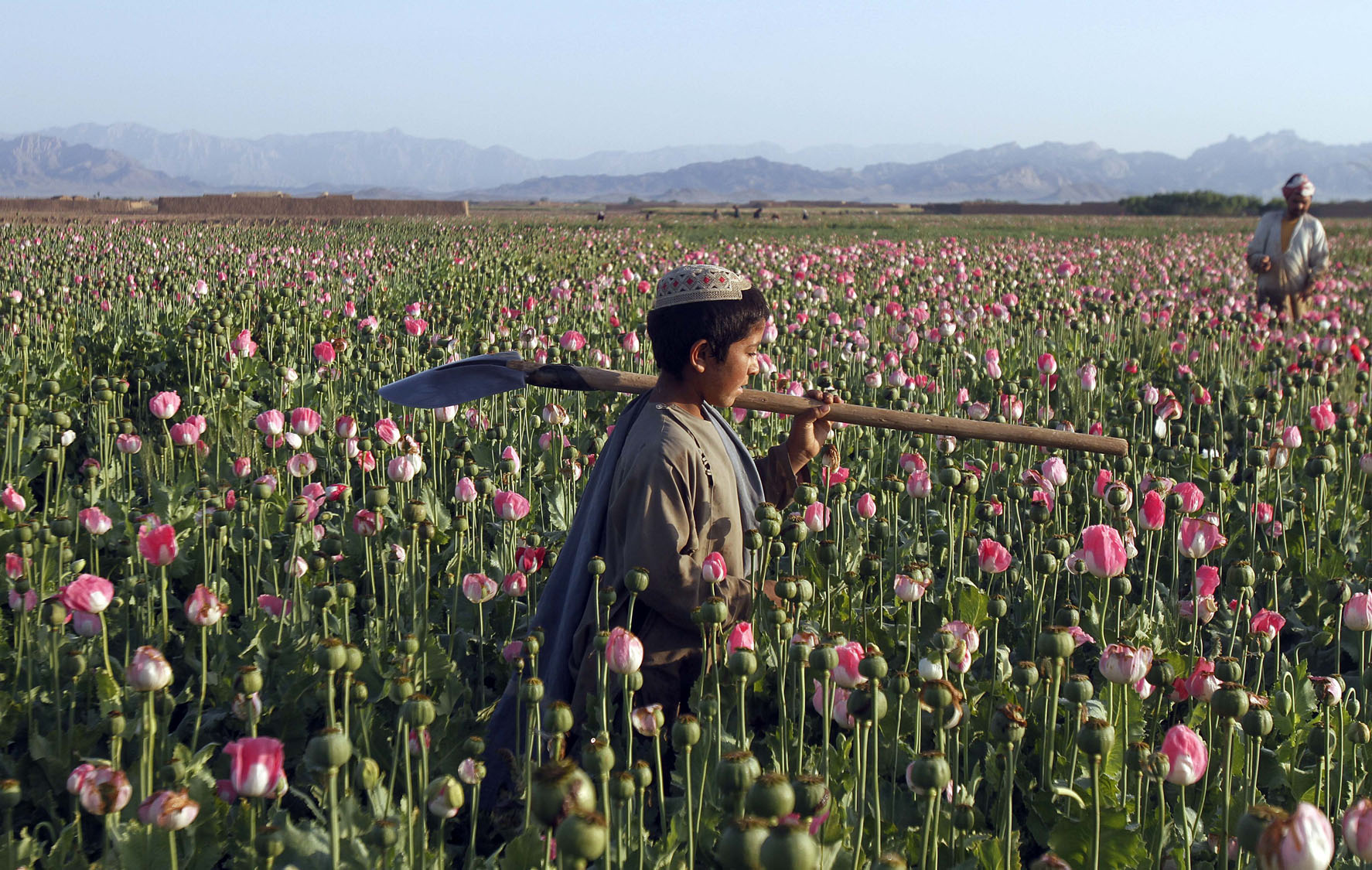
Drugs in Pakistan: A Growing Peril
July 8, 2017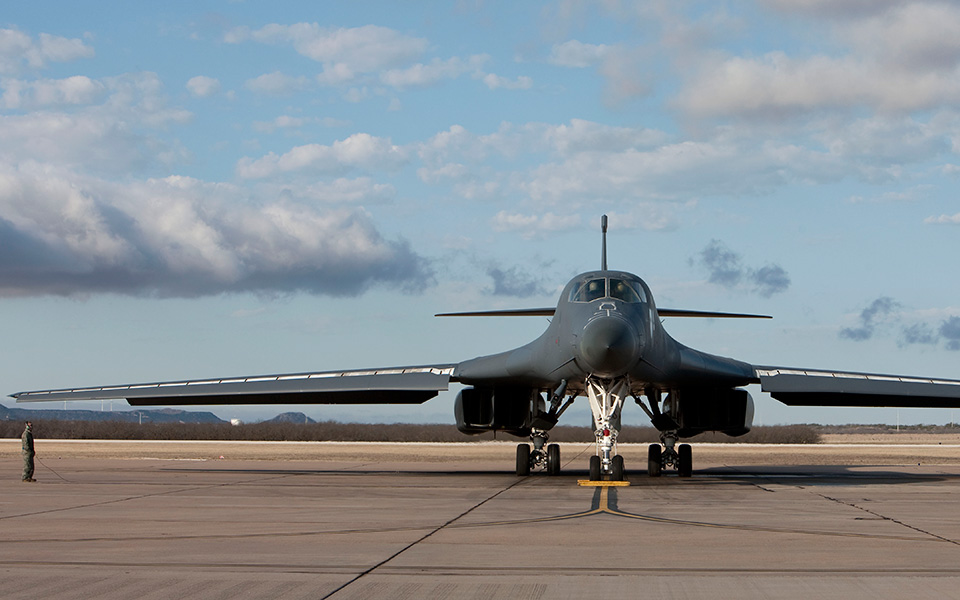
U.S. bombers challenge China in South China Sea flyover
July 8, 2017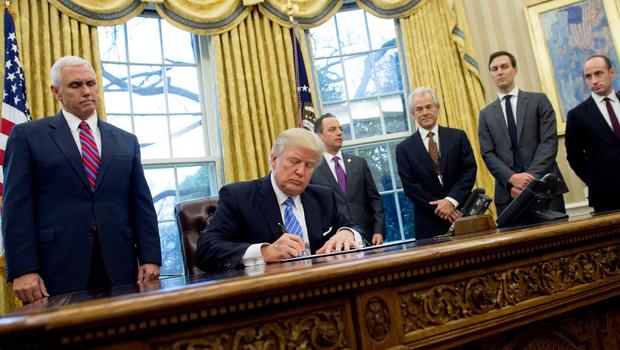
Terrorism is defined as an operational technique with the objective of delivering a message to a wider target audience[1]. With evidence of the Islamic State establishing a chapter in Afghanistan’s Nangarhar province and with the recent dropping of the GBU- 43/B device that targeted an ISIS ‘Tunnel complex’ in the Achin district of the country by the United States, there are considerable challenges instead of gains for the Trump administration by pursuing such policies in Asia, which act as mooting points for scholars and policy makers alike[2].
Having championed the cause of eliminating the Islamic State during his US Presidential election campaign, Trump has successfully managed to cater to his constituencies with the attack in Achin district and with US active involvement in the Syrian Conflict[3]. The subsequent praise heaped on him from his advocates and detractors however, fails to account for the dynamics and interplay in regions such as Syria and Afghanistan which require a deeper understanding in order for a long term coherent strategy to be implemented for peacekeeping and defeating extremism[4].
Policy making in Afghanistan has historically centered on the containment of the Soviet Union and in the Post 9/11 era, centers on the elimination of terrorist groups through military action which is complimented by initiatives aimed at strengthening peacekeeping in the country. Yet, in the modern era, starker considerations such as whether to treat the Taliban as potential stakeholders in the peace process or not are equally important. In addition, building the capacity of fledgling democratic institutions in the country, as well as the Afghan National Forces for long term peace and stability is crucial for sustainable peace in the country. Apparently, President Trump’s initial stance of non-interventionism has not been vindicated, given his administration’s active involvement in conflict zones such as Syria and Afghanistan. This strategy is reaping short term benefits for Washington D.C, with blow backs being imminent given the lack of vision which is required for sustainable peacekeeping.
Conflict resolution entails finding common ground between various stakeholders, with the exception of elements which challenge the writ of the state and employ terrorism as an operational technique, such as the Islamic State. Hence, military deployment, involvement and strategies must be complimented with a long term policy of engagement in conflict zones, where various warring factions in Afghanistan as well as the Bashar Al Assad government for example, need to be treated as legitimate stakeholders in the peace process. Through accommodating and partaking in negotiations, the Trump administration can also deflect domestic criticism of its hard- handed approach which flouts international law and challenges state sovereignty while also generate considerable goodwill from regimes, governments and local populaces in flashpoints across Asia. This Trump Administration has to be viewed as a constructive player in peacemaking efforts which focuses solely, on using military action to eliminate terrorist hideouts while complimenting it with a long term vision focusing on accountability, promotion of democracy and capacity building.
Temporary gains from the Trump administration’s Asia security policy aside, there is the palpable challenge of tackling the ideological underpinnings of rogue elements as well as how several splinter groups may have a natural proclivity to either join or partake in ISIS’s goals. That said, blowbacks cannot be narrowed down to terrorism alone and has wider diplomatic and political implications. The administration’s adamancy in deterring the DPRK from conducting nuclear tests for example with a hefty military presence in South Korea or in the South China sea is bound to earn the ire of regional players such as China which are apprehensive about how US military presence could lead to confrontation in the region[5]. In addition, Trump’s heavily protectionist measures on subjects such as FTAs, regional blocs and domestic industries being complimented with a protracted US military presence in conflict zones is detrimental to world peace particularly in Asia, where a limited understanding of domestic dynamics, interplay by various actors in places such as Afghanistan and Syria and states possessing nuclear weapons pose significant challenges for regional as well as global powers.
Hence, in conclusion, solely initiating military action to resolve conflicts in Asia, could prove to be a damning indictment for regions across the continent, which are not only conflict ridden but have unique histories and dynamics.
[1] Monterey Terrorism Research and Education Program, Definition of Terrorism, < http://www.miis.edu/academics/researchcenters/terrorism/about/Terrorism_Definition>.
[2] D.W, ‘ Nangarhar: Gateway to Afghanistan for ‘ Islamic State.’, 30/ 12/ 2015, Accessed 23/04/2017. < http://www.dw.com/en/nangarhar-gateway-to-afghanistan-for-islamic-state/a-18952201>.
[3] The Guardian, ‘ 36 ISIS militants killed in US mother of all bombs’ attack, Afghan ministry says.’, 14/04/2017. Accessed 23/04/2017. < https://www.theguardian.com/world/2017/apr/13/us-military-drops-non-nuclear-bomb-afghanistan-islamic-state>.
[4] The Daily Mail, ‘ Afghan leaders praise US for Mother of all bombs strike.’ 20/04/2017. Accessed 23/04/2017. < http://www.dailymail.co.uk/news/article-4428142/Afghan-leaders-praise-Mother-bombs-strike.html>.
[5] CNN, Jeremy Diamond, ‘ On North Korea, Trump signals break with US- China policy.’, 18/04/2017. Accessed 23/04/2017. < http://edition.cnn.com/2017/04/17/politics/trump-north-korea-china-policy/>.

Writer
Hamzah Rifaat HussainHamzah Rifaat Hussain is a policy analyst based in Islamabad, Pakistan.


